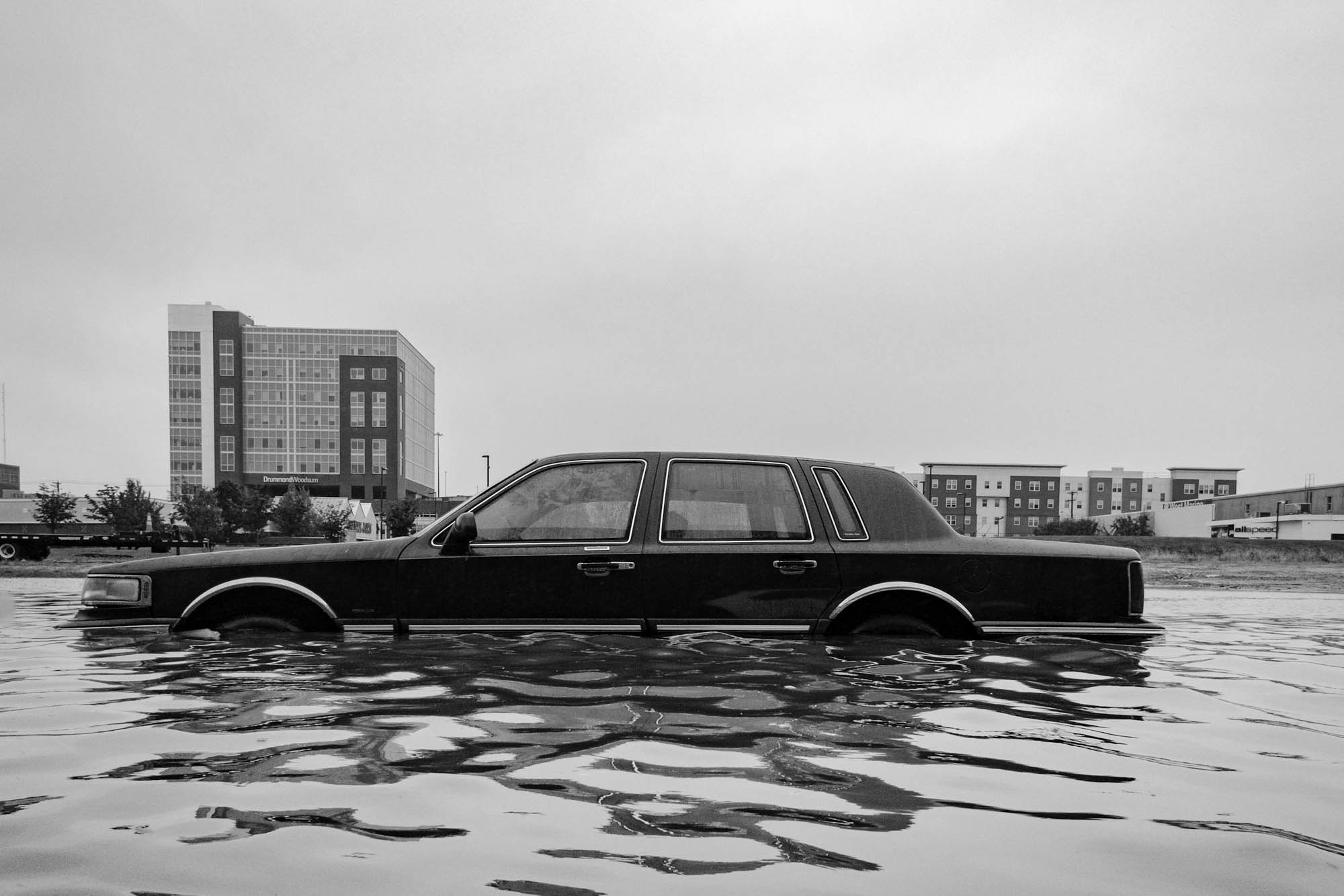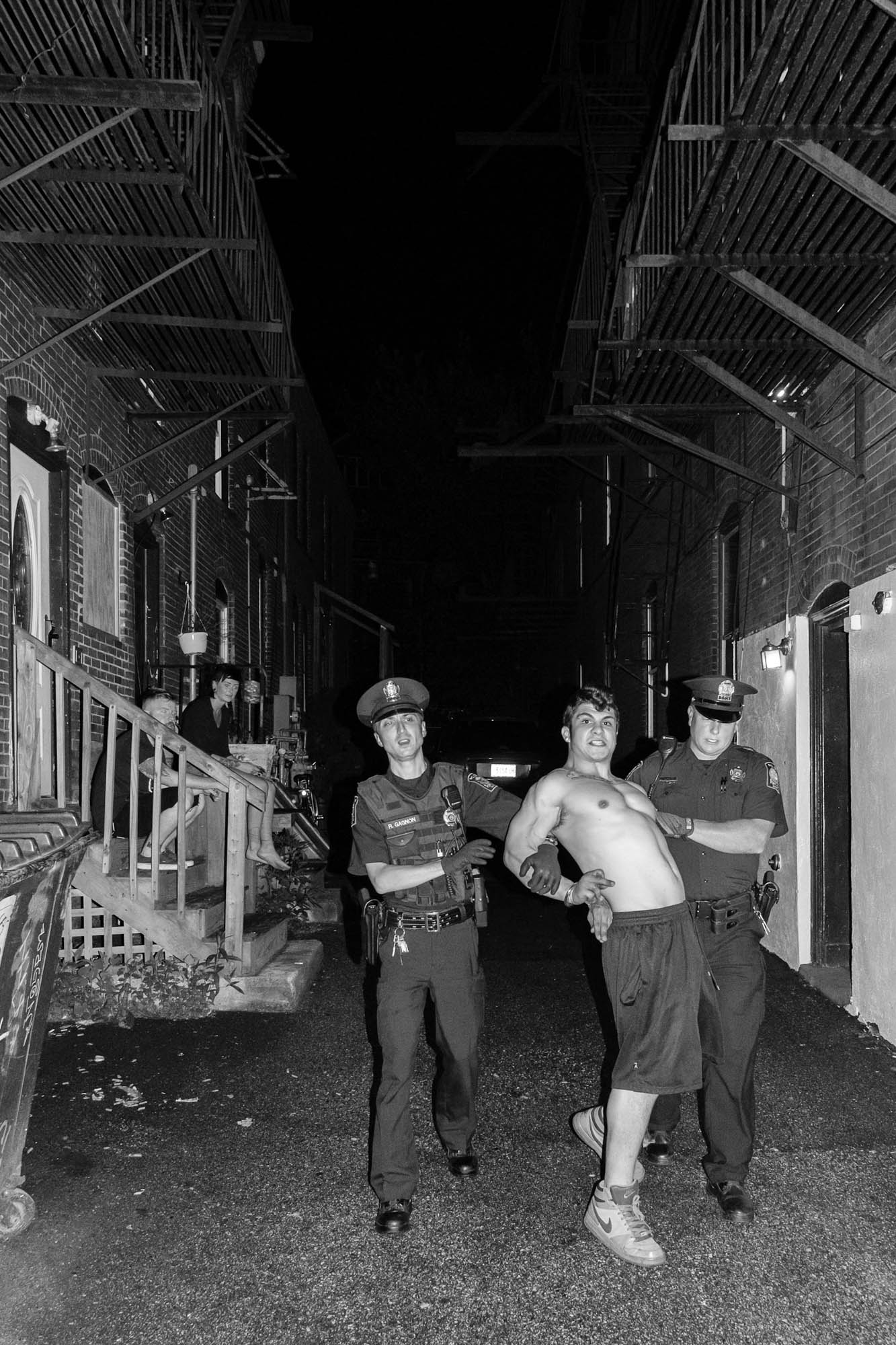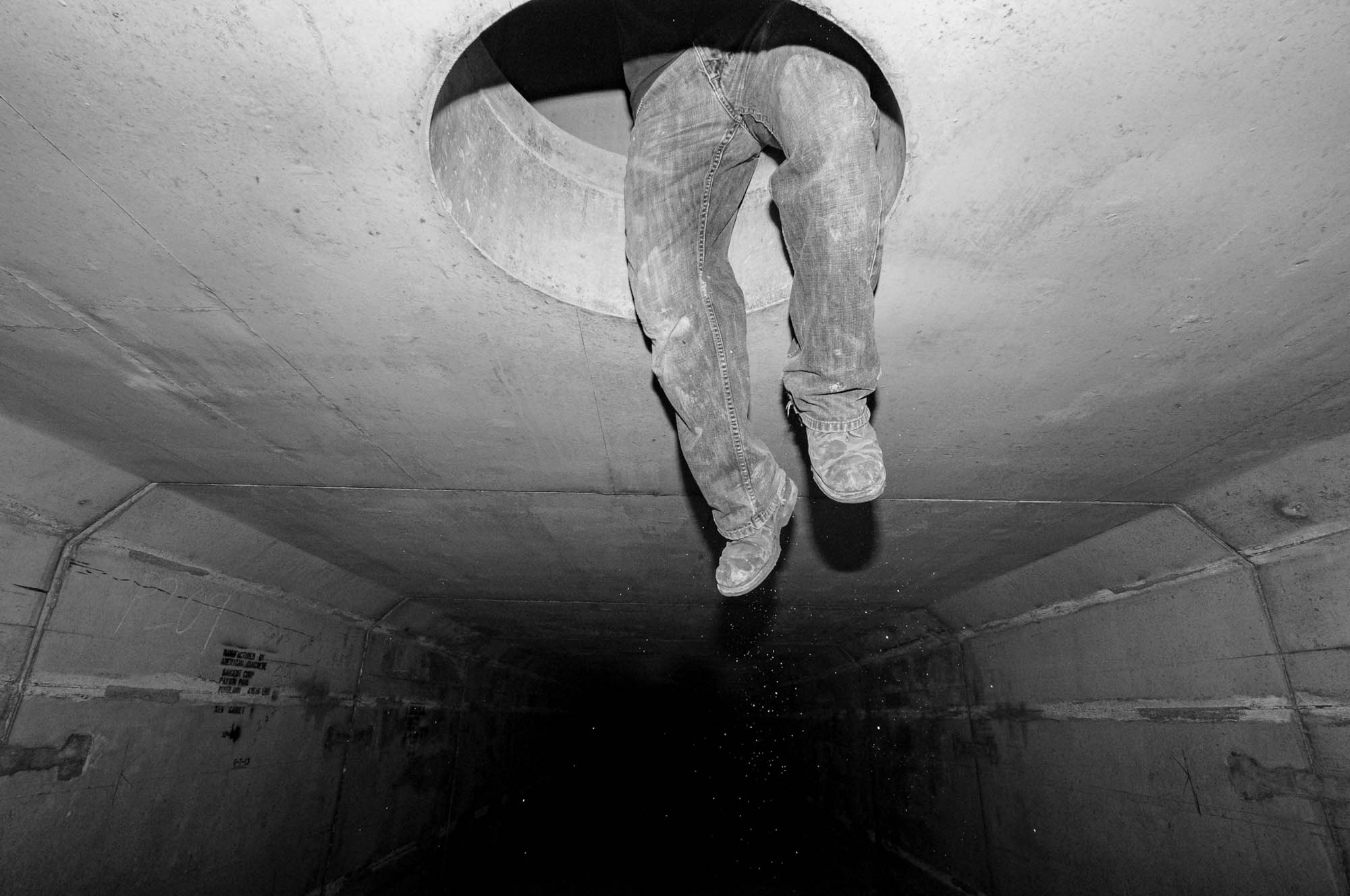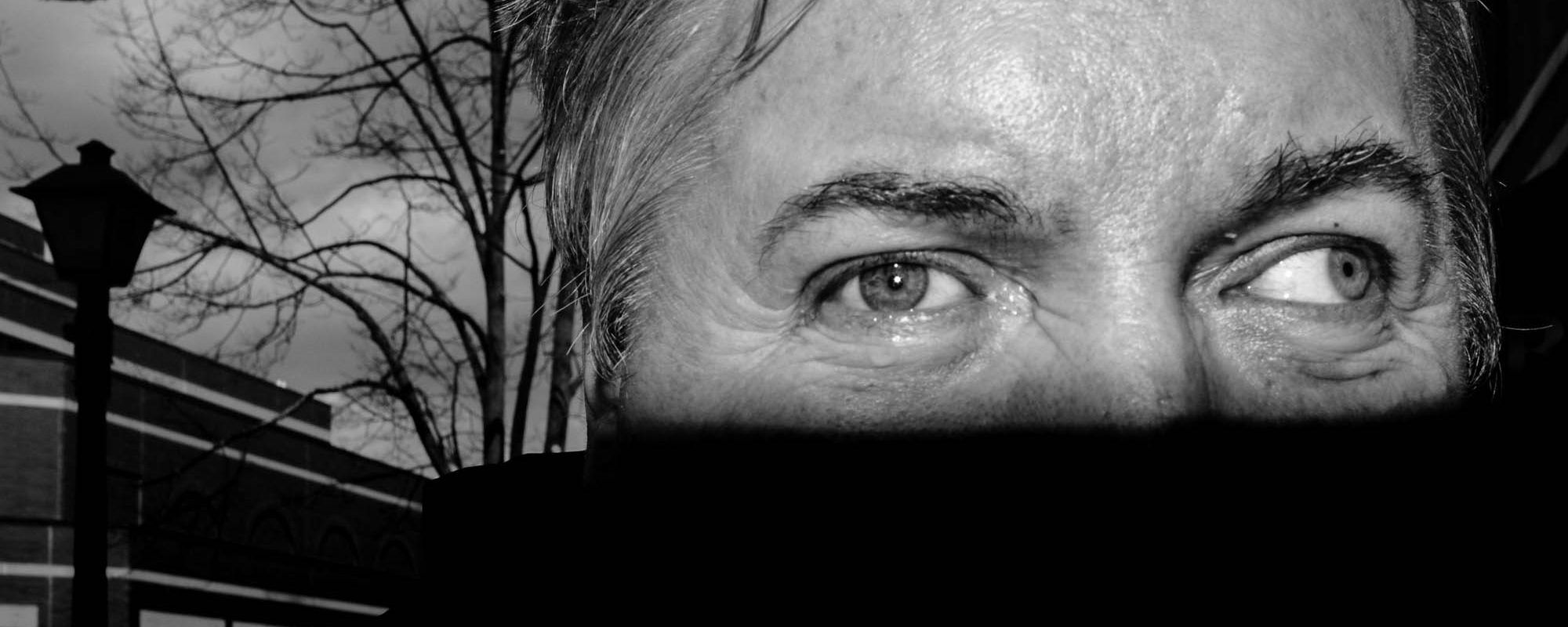
Full Article on Patreon
Gervin’s work reflects the American moment in the second decade of the second millennium through tendencies similar to those seen in a good deal of American photography during the Vietnam War era. I see some resemblances to protest coverage by Gene Anthony, a Black Star agency photographer who captured the Panhandle in San Francisco in the late 60s and early 70s. He covered the raucous social strata of the hippies, but also police brutality and Timothy Leary. The anxiety and social agitation left from the hangover of the Summer of Love and the war created an intense and toxic atmosphere. It was a chaotic moment for Americans and was reflected in Anthony’s photographs. With Gervin, the predicated moment in which these images were made reflects the Trump era. Trump even makes an appearance in the book, in which his face is dissected by an optical game in which Gervin purposefully frames the president through a chain link fence, cutting his face in two, an act of severe, if necessary, iconoclasm. You can feel the seething social unrest in the photographs, with various fires and catastrophes ongoing in the town of Portland, Maine, where Nick focuses his attention.- Brad Feuerhelm
Nick Gervin
Portlanders
Photo Editions

Original Specifications and Press Release
- Photo Editions 2022
- Hardback, 1st edition, 88p
- Printed Mas Matbaa
- Design Tom Booth Woodger
“The deeper I dug, the more the city shared it’s secrets with me.”
In his debut monograph, Nick Gervin presents a surreal look into the flip side of American culture, all captured on the stage of the small city of Portland, Maine.
In December 2008, Gervin suffered a traumatic head injury after being assaulted, an event that would dramatically alter the course of his life. Barely able to afford rent after having recently been laid off from work in the fallout of the recession, he swiftly spiralled into poverty and addiction – a situation exacerbated by his injury, the second head trauma he’d experienced in his lifetime. Diagnosed with Post-Concussion syndrome, Gervin developed severe sensitivity to light and sound and experienced debilitating migraines which left him feeling like a “prisoner in his own body”. Favouring the dark, quiet nights over the chaos of daytime, it was during these periods of solitude and broken sleep that Gervin rediscovered photography, nocturnally roaming the streets with his camera and finding a renewed sense of purpose in the process.
What followed was a ten year pursuit of photographing the many layers of his home city which saw him capturing everything from protest marches to wrestling bouts to drunken night-time brawls and even venturing down into the long forgotten subterranean networks of tunnels beneath. As Gervin explains, “I was driven by my anxieties, trying to stay sober while I attempted to make sense of what I saw. I was making a record of a place in time; a portrait of a city that I’ve grown a deep attachment to. As time went on and I felt compelled to continue the work, I realised it was not just myself but also the city and it’s Portlanders that were at a crossroads.”
Tritone offset printed hardback with oversized reverse french fold dust jacket, 240x285mm.

